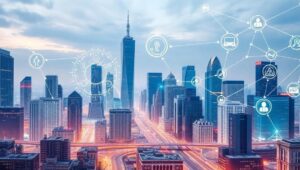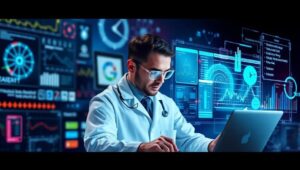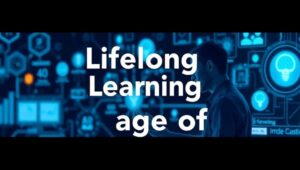June 3, 2025
Preparing for a Future Dominated by IoT (Skills, Policies – 2025)
Preparing for a Future Dominated by IoT (Skills, Policies – 2025) The Internet of Things (IoT) is rapidly transforming our world, connecting devices and systems in ways that were once unimaginable. As we move closer to 2025, it’s crucial to understand the implications of an IoT-dominated future and how to prepare for it. This involves identifying the necessary skills, understanding evolving policies, and anticipating the challenges and opportunities that lie ahead. The Proliferation of IoT Devices By 2025, the number of IoT devices is projected to reach tens of billions, encompassing everything from smart home appliances and wearable technology to











